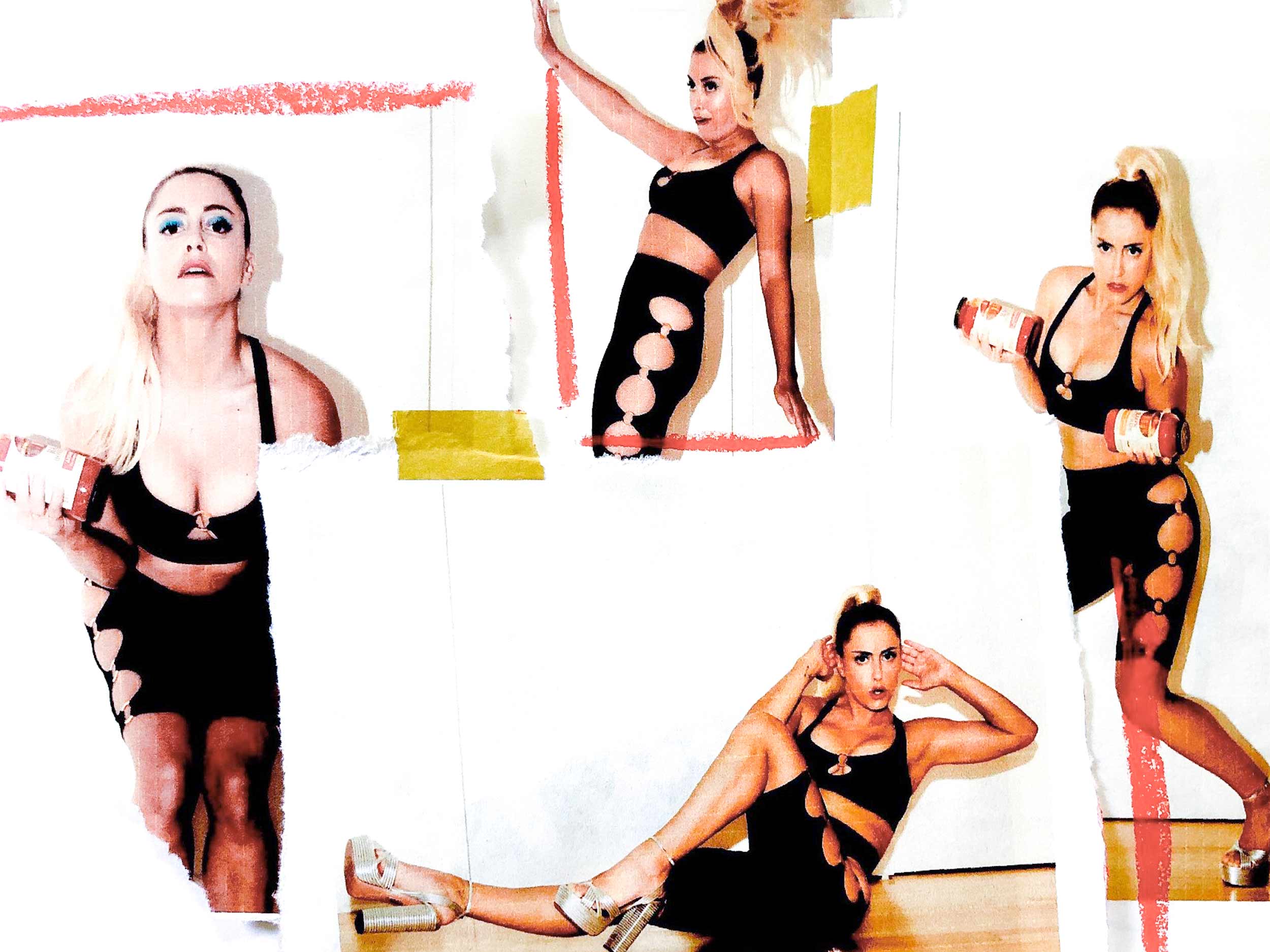Our president still refuses to cover his mouth, which probably means you should
The text I received from Notify NYC on Friday while sitting at my WFH station was clear: “New Yorkers: Wear a face covering when you go outside and near others. It can be a scarf, bandana, or one you make at home.”
Things can change quickly over the course of a month. Exactly one month ago I thought that coronavirus was a distant threat mostly confined to Wuhan, China. Even when it slowly started making its way through Italy then Paris—where I spent five days—during fashion month, I never imagined that, soon after returning to New York, I would be hunkered down in my Brooklyn apartment trying to escape the wrath of coronavirus and help slow its spread. One month ago I did not think that a mask was a necessity for my own health—nor for the health of the public. I defiantly refused to wear a mask when I flew home from Paris Fashion Week on February 29, even though, on February 1, just as the virus began its grip on Asia, I wore one on a long flight from Delhi to New York—after seeing people who weren’t Asian wearing them in the airport. After all, there were only two cases of coronavirus in New York City as of March 2. But that was all before New York became the American epicenter of COVID-19, the deadly virus that has placed the world at a standstill.
When I landed in New York, the fear of coronavirus had also arrived. People stocked up on their food supplies and toilet paper, masks and hand sanitizer were scarce, and event organizers began to question whether or not they should continue. The organizers of Armory Show had decided to move forward despite the outbreak, so the city was filled with myriad art events that surrounded the art fair. I crossed paths with hundreds of people, still giving hugs and kisses to say hello and goodbye. I had dinners with friends from abroad who were in town, and with the fashion flock who had also just returned from Paris. Coronavirus was on my mind, but I still did not realize its severity. Plus, both the Center for Disease Control and the World Health Organization, as well as the US attorney general Jerome Adams, told the public that masks wouldn’t prevent us from catching COVID-19, they would only prevent an infected person from spreading it.
I still refused to put on a mask as I stocked up on food and essentials before New York’s stay at home order began on March 13, but as confirmed cases in the city rose steadily, I changed my mind. Is six feet really enough? I wondered as I passed a queue of sick people waiting to get tested in a tent outside of the Brooklyn Hospital Center when I had to do an errand. Masks were still not required, but wearing one helped curb my deepening anxiety of catching and spreading coronavirus if I ventured outside. When I went shopping a few days later to replenish fresh produce and other assorted necessities, I wore a black surgical mask from Daiso, and noticed that they had become the norm. Like in Asia, they were no longer anomalies in New York City. They were, however, becoming scarce in hospitals. Politicians and hospital executives were pleading for donations, and I saw the fashion community rise to the challenge, mobilizing to create masks for medical workers. But I wondered, Are those durable enough? Are they safe? Are they even effective? With the conflicting information out there and the social stigma attached to wearing a mask in the United States, they can cause strange looks, racist remarks, as well as, depending on the type of face covering—a false sense of protection.
“Aside from the masks, one couldn’t tell that New York City was on pause; people were still hanging out, convening in small groups of three or less, drinking on the grass, having meals.”
As I write this, the wailing of sirens has become a near-constant presence in my neighborhood. Governor Andrew Cuomo announced 4,630 new cases in New York City, for a total of 72,181 cases in New York City, and 2,475 people tragically losing their lives. By this last weekend everyone had changed their tune about wearing masks. Soon after reports started circulating that the White House would advise wearing masks when stepping outside, the CDC reversed its own stance: “CDC recommends wearing cloth face coverings in public settings where other social distancing measures are difficult to maintain (e.g., grocery stores and pharmacies), especially in areas of significant community-based transmission.” Surgeon General Adams even starred in a video that debuted on April 4, advising people to wear masks complete with instructions on how to make their own cloth face coverings. The New York Times even published an article titled, “What’s the Best Material for a Mask?” Austria made it mandatory to wear masks while shopping. In Fort Greene, the Brooklyn neighborhood in which I live, face coverings were the norm this weekend as I ventured out of my apartment for some much-needed fresh air. Aside from the masks, one couldn’t tell that New York City was on pause; people were still hanging out, convening in small groups of three or less, drinking on the grass, having meals. Runners still passed unmasked, an activity that was once inoffensive, but now possibly life threatening, spurring many to express their dismay on the internet.
Trump went on air during the daily White House press briefing to make the announcement on Friday evening: “The CDC is advising the use of non-medical cloth face covering as an additional voluntary public health measure,” the covidiot in charge told reporters on Friday. “This is voluntary. I don’t think I’m going to be doing it.”
Best of luck to you Trump, I’m not going to take any chances. I’m wearing my mask.



















